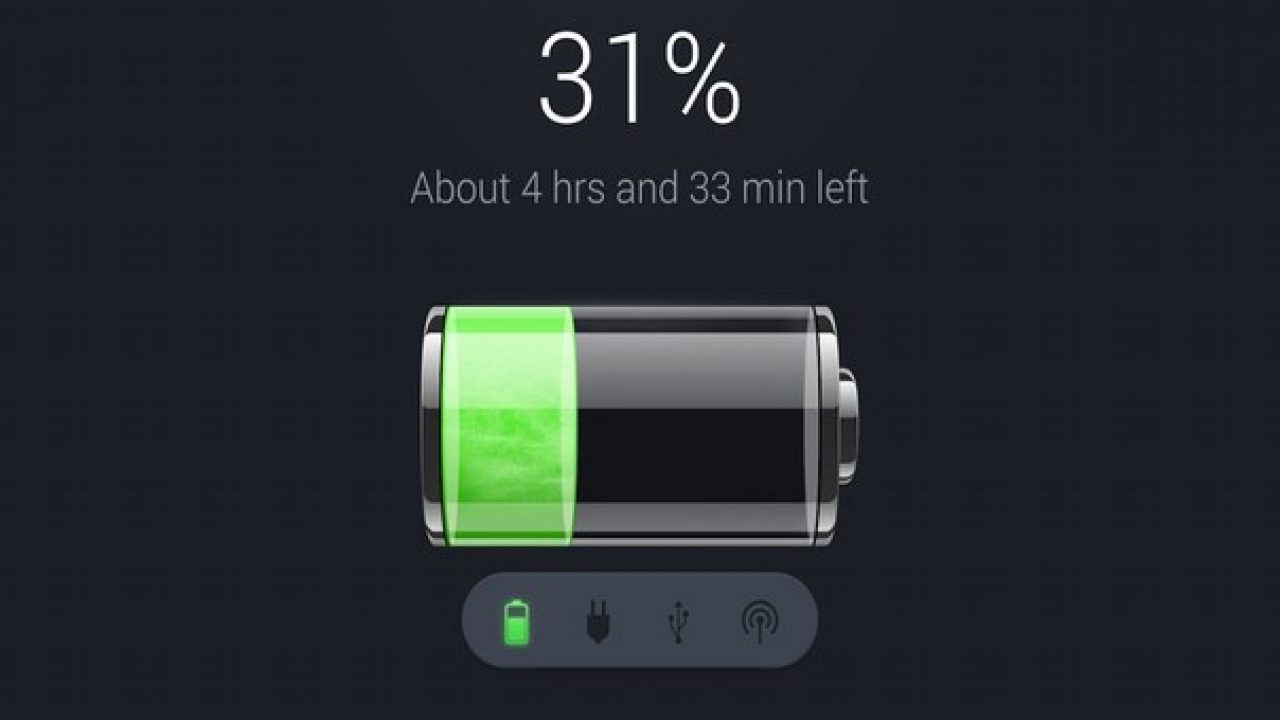A great troubleshooting step for the OnePlus 3 and OnePlus 3T is booting into Safe Mode and today I want to show you how that’s done.
3rd-party applications installed from the Play Store can drastically change how our smartphones look and function. To enable this type of flexibility, Google has given 3rd-party applications a lot of power when it comes to what they can do on our smartphones. This is generally a great thing because it gives us so many customization options, but it can also be bad.
If an application has bugs or isn’t optimized, then it can really effect our devices. These poorly coded applications can cause a lot of different issues.
The most prevalent example that I can think of is poor battery life. If an application isn’t using the Job Scheduler that Google has embedded into Android, then an application or game can keep your device from going into deep sleep mode. If an app keeps your CPU/GPU at full blast, this can also cause overheating and poor performance on your OnePlus 3 as well.
The best way to check if a 3rd-party application is causing any of these issues, or any other random bug that you may be experiencing, is to boot into the OnePlus 3 Safe Mode. So let me show you how that’s done.
OnePlus 3 Safe Mode
- Press and Hold the Power Button
- Then Tap and Hold on the “Power Off” Option
- When Prompted About Save Mode, Press the OK Button
- Wait for the OnePlus 3 to Boot into Safe Mode
Explanation
I gave three examples of bad things that 3rd-party applications can do to your OnePlus 3 and OnePlus 3T, but that’s just the tip of the iceberg. There really are hundreds, if not thousands of random things that poorly coded applications and games can mess up with our smartphones. I’ve heard of people being unable to launch certain apps, hearing random notification alerts (with no new notifications), and putting ads in your notification panel or lock screen.
So if you ever find your OnePlus 3 or OnePlus 3T is doing something odd that it wasn’t doing before, the first step to troubleshooting the issue is to boot into Safe Mode. To do that, you just have to press and hold on the Power button for a few seconds. This will bring up the Power menu and from here you want to tap and hold on the Power Off option. You’ll then see a dialog box pop up that asks if you want to Reboot to Safe Mode.
Tap on the OK button and you will see your OnePlus 3 powering down and rebooting. When the OnePlus 3 or OnePlus 3T boots back up, you’ll see the Safe Mode watermark at the bottom left of the screen at all times. This is used as a reminder so you understand why your 3rd-party applications are disabled. Speaking of, you’ll also notice all of your 3rd-party applications are grayed out instead of being in full color. If you try to launch one of them, you’ll be told the app is disabled while in Safe Mode.
While you’re in the OnePlus 3 Safe Mode, go ahead and use the device as normally as you can. Naturally, you won’t be able to use your 3rd-party apps, but this is a good thing. If you still notice that odd behavior while you’re in Safe Mode, then the issue lies within the core Android OS. However, if you no longer notice the issue while you’re in Safe Mode on the OnePlus 3, then you should definitely examine each of those apps you’ve installed from the Play Store (or elsewhere).
You might even need to uninstall all of these 3rd-party applications one at a time until you find the culprit.





Hi Doug:
Thanks for directions on booting OnePlus 3t into Safe Mode. Unfortunately, I am still having issues with the ‘Dashboard’ app not working, not responding to closing the app, then reboots into the lower level.I am fairly sure its a corrupt OS file.
Given that I want to backup data – pictures, contacts, notes, WhatsApp data etc, I want to avoid factory reboot or recovery mode til backup is complete. That said, the reboot after little interaction is preventing connection to computer, sending data via email or other cumbersome but necessary methods.
If you have any suggestions on how to get it running without rebooting, or even go into low level mode to preserve data, let me know.
Thanks for providing great info on Android OS and specific devices.
Douglas
Hi Douglas,
You seem to be on the right track. Booting into Safe Mode should automatically disable everything that isn’t required/a system application.
But if you are unable to complete your backup process while in Safe Mode (due to the same issue happening), then I don’t know if there’s much more that I can suggest.
You can look into “ADB Backup” commands (I haven’t done tutorials on these yet) as they should be able to function even though apps are not functional (since you’re executing these commands on the PC through a USB cable). You can then do “ADB Restore” commands to restore from the manual backup you just created.
The thing about ADB backup/restore is that it doesn’t really back up everything. You do get to retain some of your data.
Speaking of, you could also try some “ADB Pull” commands to copy everything you have from your internal storage (pictures, videos). I did cover how to do these here – https://www.techexplained.co/adb-pull-download-file/
This should work similarly to the adb backup commands, but specifically for things accessible from your internal storage. Check the bottom of that article to a suggestion on downloading all of the internal storage.